20 Most Visited National Park Sites
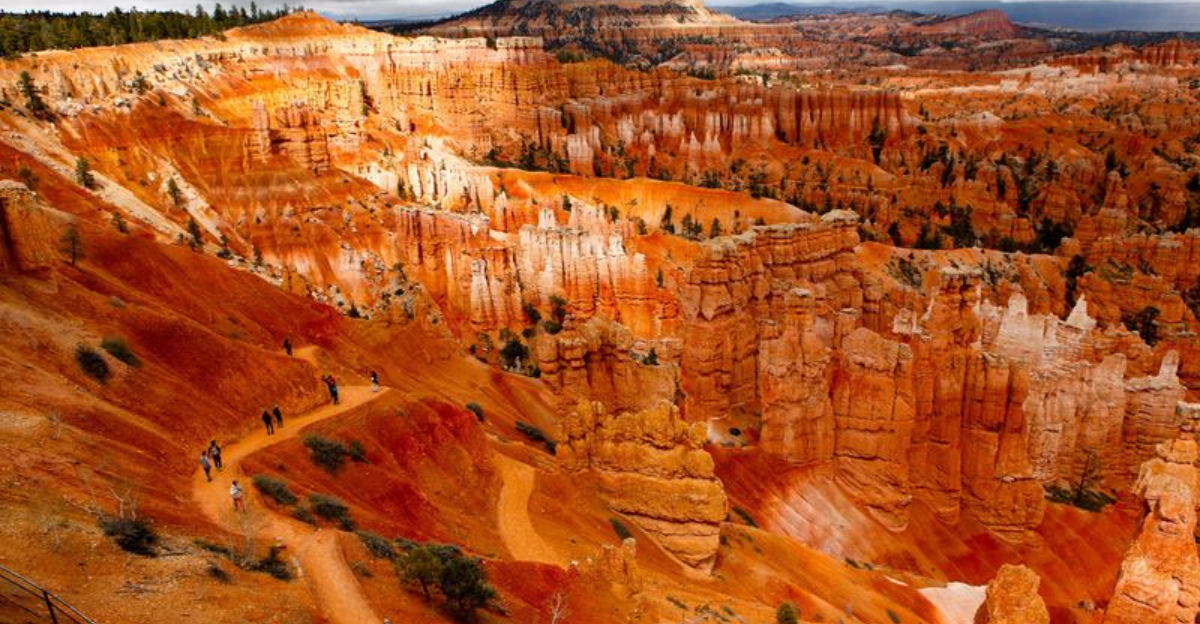
America’s national parks aren’t just vacation spots—they’re windows into the country’s natural beauty, cultural heritage, and wild, untamed spirit. Every year, millions of travelers seek out these iconic sites, from coastal cliffs to desert trails, eager to reconnect with the outdoors and experience something real.
Whether you’re hiking through misty mountains, walking in the footsteps of history, or cruising along scenic routes carved by time, these places offer more than just a view—they offer perspective.
1. Blue Ridge Parkway (North Carolina & Virginia)
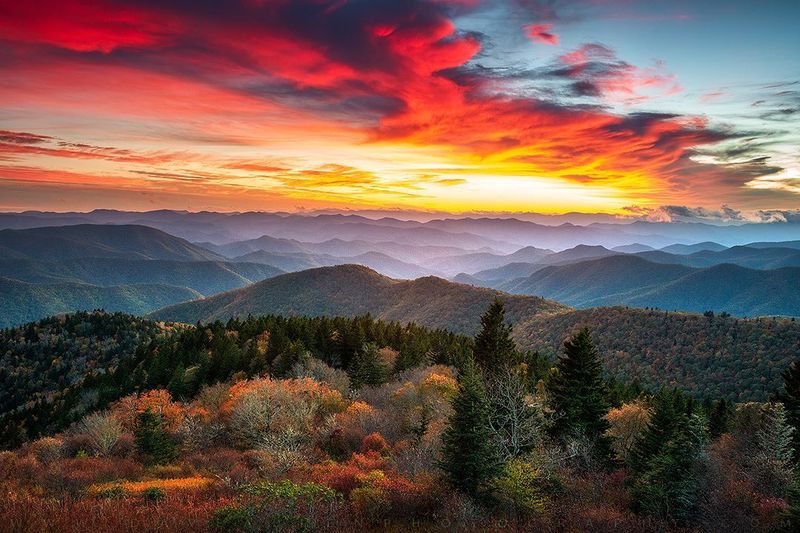
Winding through misty mountains, this stunning route offers panoramic vistas at nearly every turn. Blue Ridge Parkway stretches 469 miles, connecting Shenandoah National Park to Great Smoky Mountains National Park.
Visitors pull over at countless overlooks to photograph colorful wildflowers in spring and fiery foliage in fall. Hiking trails branch off regularly, leading to hidden waterfalls and mountaintop meadows.
2. Golden Gate National Recreation Area (California)
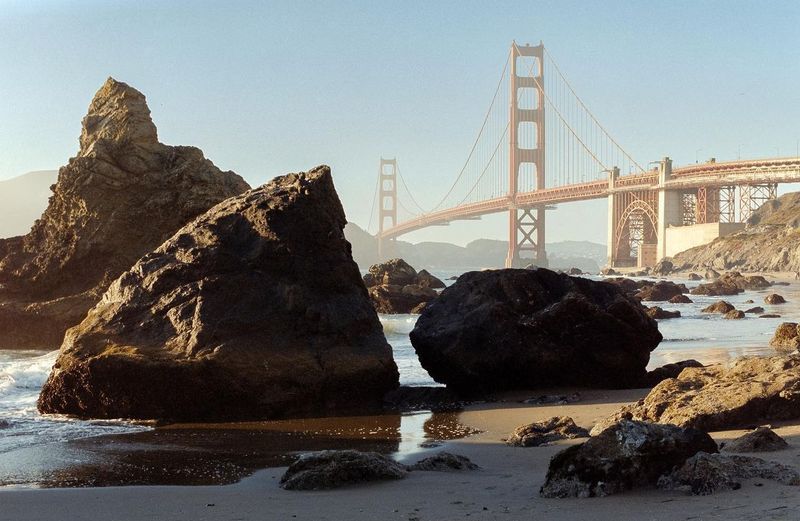
Sprawling across 82,027 acres of California coastline, this breathtaking preserve offers something for everyone. Golden Gate National Recreation Area encompasses beaches, historic military posts, and unparalleled views of San Francisco’s iconic bridge.
Hikers traverse coastal trails while history buffs explore Alcatraz Island and Civil War-era Fort Point. Wildlife enthusiasts spot harbor seals, sea lions, and over 250 bird species throughout the year.
3. Great Smoky Mountains National Park (Tennessee & North Carolina)
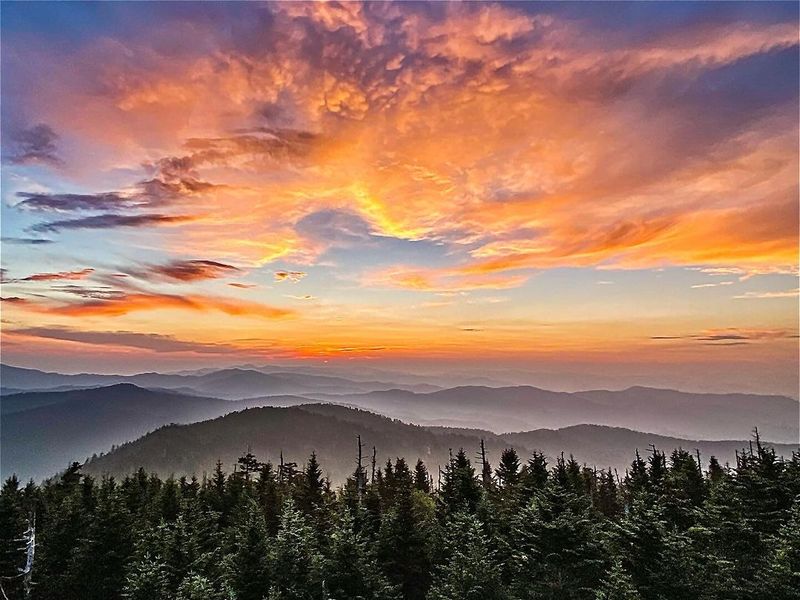
Mist-shrouded peaks create a dreamy backdrop for America’s most-visited national park. Great Smoky Mountains spans over 500,000 acres across two states, protecting one of the world’s oldest mountain ranges.
Families flock to historic cabins and gristmills in Cades Cove while adventurers tackle sections of the Appalachian Trail. The park’s biodiversity is unmatched, housing more tree species than all of northern Europe combined.
4. Gateway National Recreation Area (New York & New Jersey)

Urban wilderness awaits just minutes from America’s largest city. Gateway National Recreation Area provides crucial green space across three units spanning two states.
Summer crowds fill sandy beaches at Sandy Hook and Jamaica Bay, cooling off in the Atlantic. Bird-watchers spot migrating species in salt marshes while history enthusiasts explore Fort Wadsworth, one of America’s oldest military installations.
5. Lincoln Memorial (Washington, D.C.)
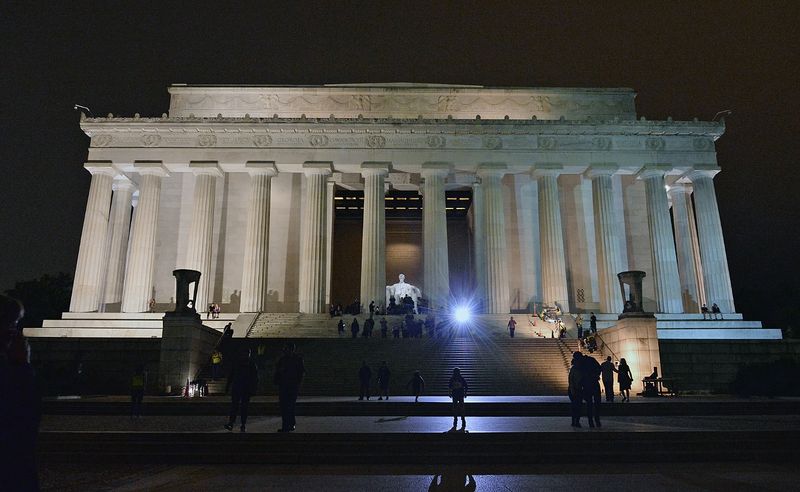
Majestic marble columns frame a contemplative figure gazing across the National Mall. The Lincoln Memorial honors our 16th president with a 19-foot seated statue designed by Daniel Chester French.
Visitors climb 87 steps representing Lincoln’s famous line “four score and seven years ago.” The memorial has witnessed history-making moments, including Martin Luther King Jr.’s “I Have a Dream” speech delivered from its steps in 1963.
6. George Washington Memorial Parkway (Virginia)

Hugging the Potomac River’s Virginia shoreline, this scenic byway offers more than just a commuter route. George Washington Memorial Parkway preserves natural and cultural landscapes while providing breathtaking views of the nation’s capital.
Cyclists pedal along parallel trails while families picnic at riverside parks. The route connects historic sites including Mount Vernon, Arlington National Cemetery, and Great Falls Park, creating a living tribute to America’s first president.
7. Lake Mead National Recreation Area (Nevada & Arizona)
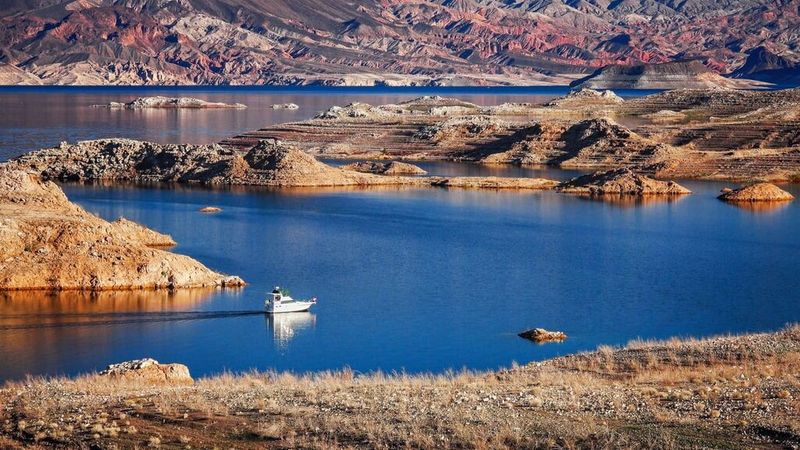
Startling blue waters contrast dramatically against rugged desert landscapes in this southwestern oasis. Lake Mead National Recreation Area surrounds America’s largest reservoir, created by the Hoover Dam.
Boaters cruise 290 miles of shoreline while anglers cast for bass, catfish, and rainbow trout. Hikers explore colorful slot canyons and historic mining sites, often spotting desert bighorn sheep scaling seemingly impossible cliffs.
8. Natchez Trace Parkway (Mississippi, Alabama, Tennessee)

Ancient footpaths once used by Native Americans and early settlers now form a 444-mile scenic drive. Natchez Trace Parkway follows historic trading routes connecting Nashville to Natchez, Mississippi.
Roadside markers reveal fascinating stories of Kaintuck boatmen, Civil War conflicts, and Meriwether Lewis’s mysterious death. Visitors discover hidden waterfalls, prehistoric mounds, and remnants of ghost towns, experiencing history at a leisurely 50 mph speed limit.
9. Gulf Islands National Seashore (Florida & Mississippi)
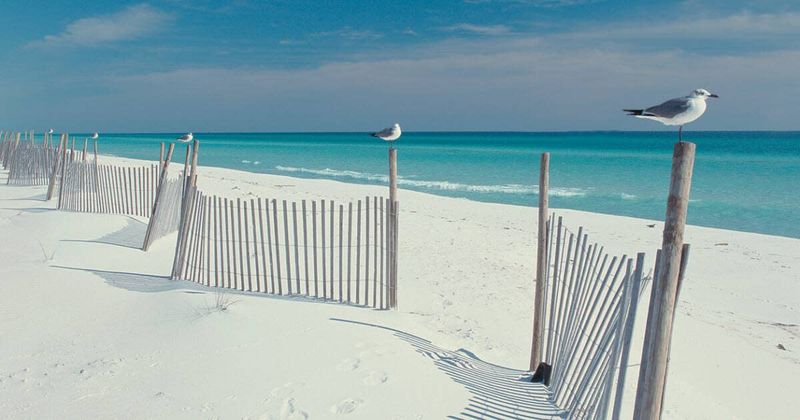
Powdery white sand beaches stretch for miles along crystal-clear emerald waters. Gulf Islands National Seashore protects barrier islands spanning two states, preserving both natural wonders and historic fortifications.
Families build sandcastles and splash in gentle waves while shorebirds dart along the waterline. History buffs explore Spanish and Civil War-era forts, their brick walls standing in stark contrast to the sugar-sand beaches surrounding them.
10. Zion National Park (Utah)

Towering sandstone cliffs in brilliant shades of red and orange rise dramatically from a verdant valley floor. Zion National Park’s magnificent canyon walls reach heights of 2,000 feet, carved by the Virgin River over millions of years.
Adventurous hikers wade through the Narrows, where canyon walls close to just 20 feet apart. Others tackle the famous Angels Landing trail, using chains for support along exposed ridgelines offering heart-stopping views of the canyon below.
11. Yellowstone National Park (Wyoming, Montana, Idaho)
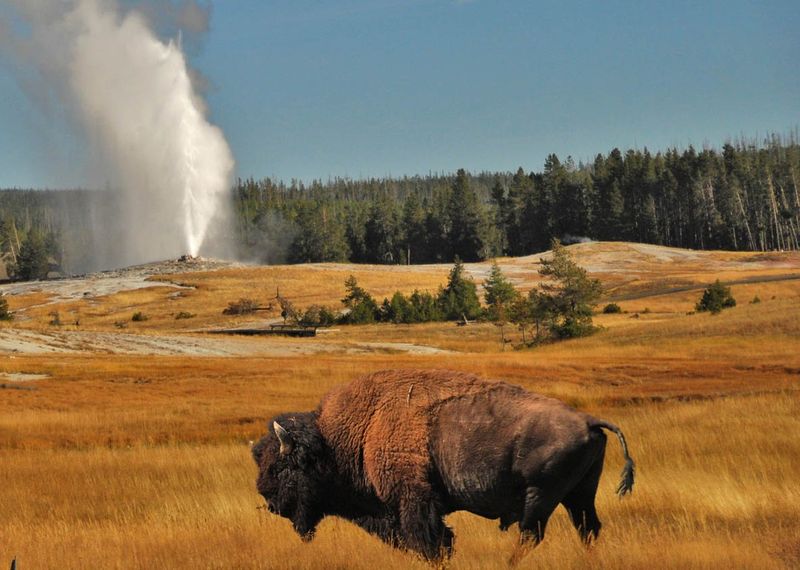
Geysers shoot scalding water skyward while rainbow-hued hot springs bubble nearby in this geological wonderland. Yellowstone became the world’s first national park in 1872, protecting an extraordinary collection of thermal features and wildlife.
Visitors gather to witness Old Faithful’s reliable eruptions every 90 minutes. Bison herds roam freely across valleys while wolves, bears, and elk thrive in this protected ecosystem spanning 2.2 million acres across three states.
12. Yosemite National Park (California)
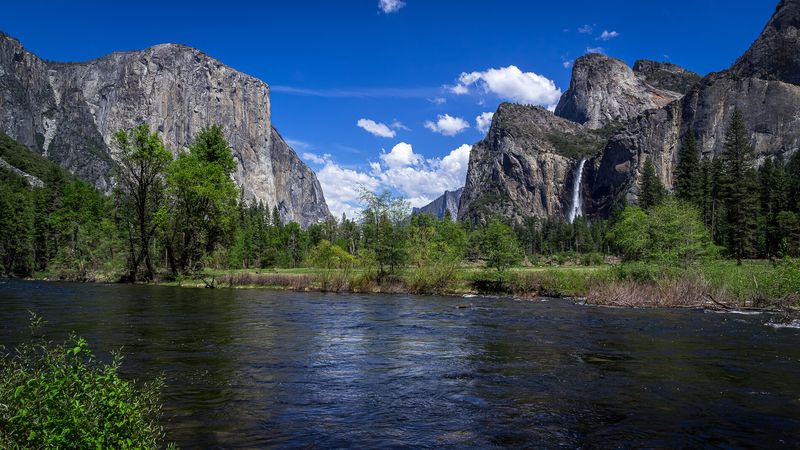
Massive granite monoliths rise dramatically from a valley floor carved by ancient glaciers. Yosemite National Park’s iconic landmarks include Half Dome and El Capitan, drawing rock climbers from around the world.
Waterfalls cascade spectacularly during spring snowmelt, with Yosemite Falls dropping 2,425 feet in three sections. Visitors marvel at ancient giant sequoias in Mariposa Grove, some standing over 200 feet tall and dating back more than 2,000 years.
13. Grand Canyon National Park (Arizona)
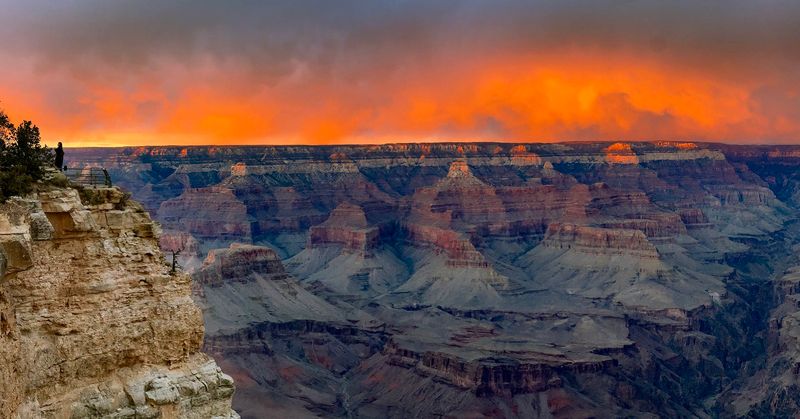
Stretching as far as the eye can see, this colossal chasm reveals two billion years of Earth’s geological history. Grand Canyon plunges over a mile deep, exposing layer upon colorful layer of ancient rock.
Rim visitors gasp at the sheer magnitude while adventurous hikers descend into the canyon on steep trails. The Colorado River continues its patient carving work far below, as it has for millions of years, creating one of the world’s most awe-inspiring landscapes.
14. Rocky Mountain National Park (Colorado)
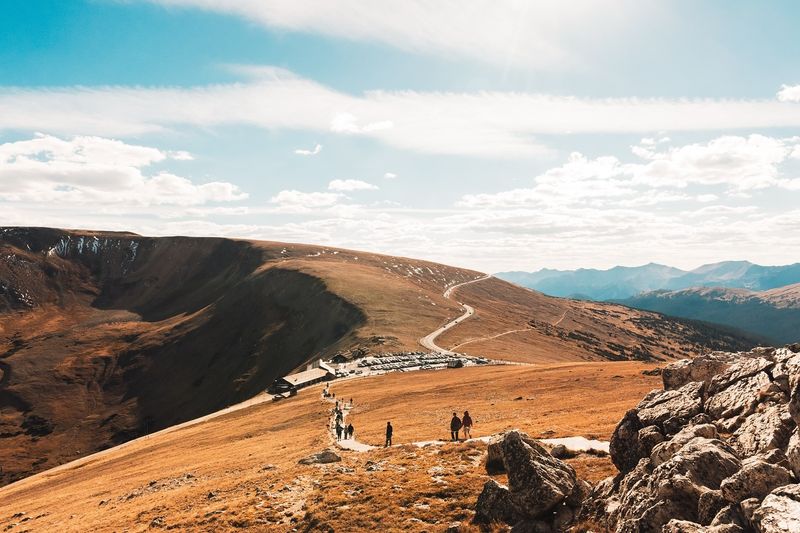
Jagged peaks soar above 14,000 feet, creating a dramatic alpine playground just 90 minutes from Denver. Rocky Mountain National Park protects 415 square miles of mountains, meadows, and forests teeming with wildlife.
Elk bugle hauntingly during fall rut while bighorn sheep navigate precarious ridgelines. Trail Ridge Road—the highest continuous paved highway in America—winds above treeline, offering spectacular views that make visitors feel on top of the world.
15. Acadia National Park (Maine)
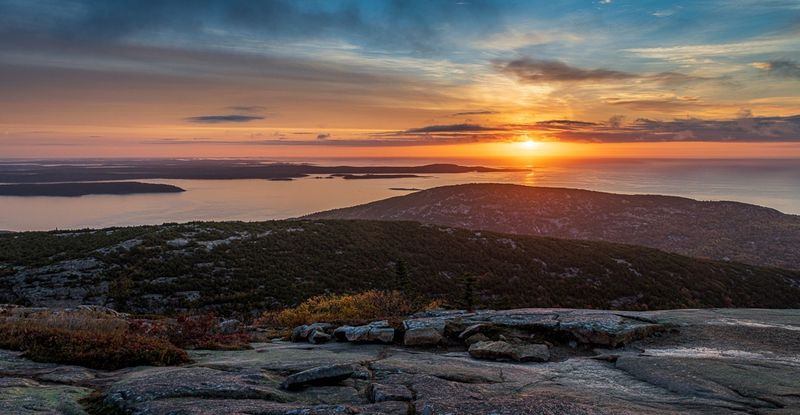
Rugged Atlantic coastline meets forested mountains on this stunning island paradise. Acadia National Park preserves the best of New England’s natural beauty, where ocean waves crash against pink granite shorelines.
Early risers trek up Cadillac Mountain to witness the first sunrise in the United States. Carriage roads built by John D. Rockefeller Jr. provide car-free exploration for cyclists and hikers through forests, past crystal-clear lakes, and alongside babbling brooks.
16. Grand Teton National Park (Wyoming)

Without foothills to obstruct the view, these magnificent mountains rise dramatically from the valley floor. Grand Teton National Park’s jagged peaks reach nearly 7,000 feet above Jackson Hole, creating one of America’s most photographed landscapes.
Moose wade through marshy meadows while beavers build dams in pristine streams. Hikers explore over 200 miles of trails leading to alpine lakes that perfectly reflect the surrounding peaks in their crystal-clear waters.
17. Bryce Canyon National Park (Utah)

Thousands of delicate spires rise from a natural amphitheater, glowing orange and pink in the morning light. Bryce Canyon National Park’s famous hoodoos were created through millennia of frost-wedging and erosion.
Visitors hike among these otherworldly formations on trails like Navajo Loop and Queen’s Garden. Exceptional air quality and minimal light pollution make Bryce a premier stargazing destination, with rangers offering astronomy programs to reveal the wonders of the night sky.
18. Olympic National Park (Washington)

Three distinct ecosystems exist within one remarkable park, creating unparalleled diversity. Olympic National Park encompasses glacier-capped mountains, old-growth rainforests, and wild Pacific coastline.
Tourists marvel at 1,000-year-old Sitka spruce trees draped in hanging moss within the Hoh Rainforest. Tide pools along rugged beaches reveal colorful starfish and anemones, while high-country hikers spot mountain goats navigating alpine meadows beneath jagged peaks.
19. Joshua Tree National Park (California)
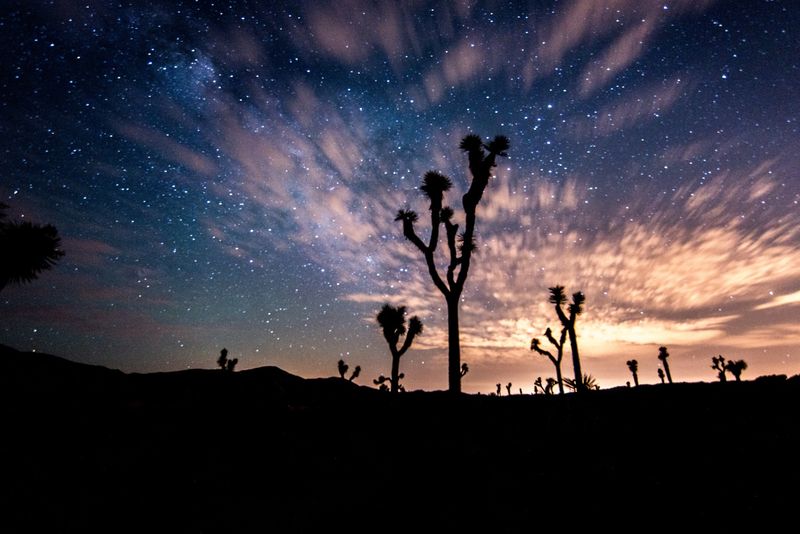
Twisted, spiky trees create an almost Dr. Seuss-like landscape where two distinct desert ecosystems meet. Joshua Tree National Park sits at the intersection of the higher Mojave and lower Colorado deserts.
Rock climbers scale massive granite formations while stargazers marvel at some of the darkest night skies in Southern California. The park’s unusual plants and geological features create otherworldly scenes that have inspired artists, musicians, and spiritual seekers for generations.
20. Glacier National Park (Montana)
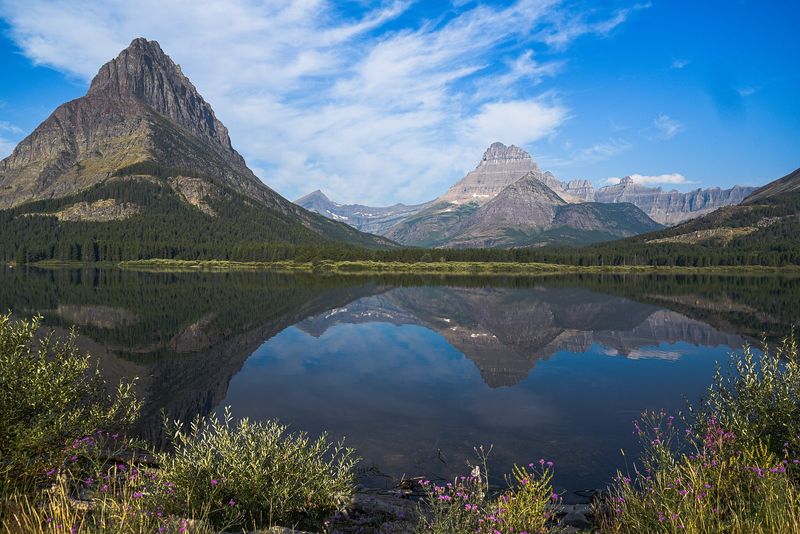
Carved by ancient ice, this wilderness showcases some of America’s most spectacular mountain scenery. Glacier National Park features over 700 lakes, 175 mountains, and 25 remaining glaciers—though these are rapidly disappearing due to climate change.
The legendary Going-to-the-Sun Road winds 50 miles through the park’s interior, crossing the Continental Divide at Logan Pass. Hikers often spot grizzly bears, mountain goats, and bighorn sheep while exploring over 700 miles of maintained trails.
